The island of Puerto Rico is known for its tropical beaches and warm climate. It’s also renowned for lush rainforests and colorful Spanish colonial-era buildings.
Puerto Rico also has an outsized influence in music, particularly salsa. Its musicians and dancers have helped export the infectious sound around the world.
The country’s cuisine similarly reflects its rich culture and history. And of course, Puerto Rico is well known for the many outstanding athletes this remarkable island has produced. So, what is Puerto Rico famous for? Essentially, all of the above and plenty more.
Tropical Beaches
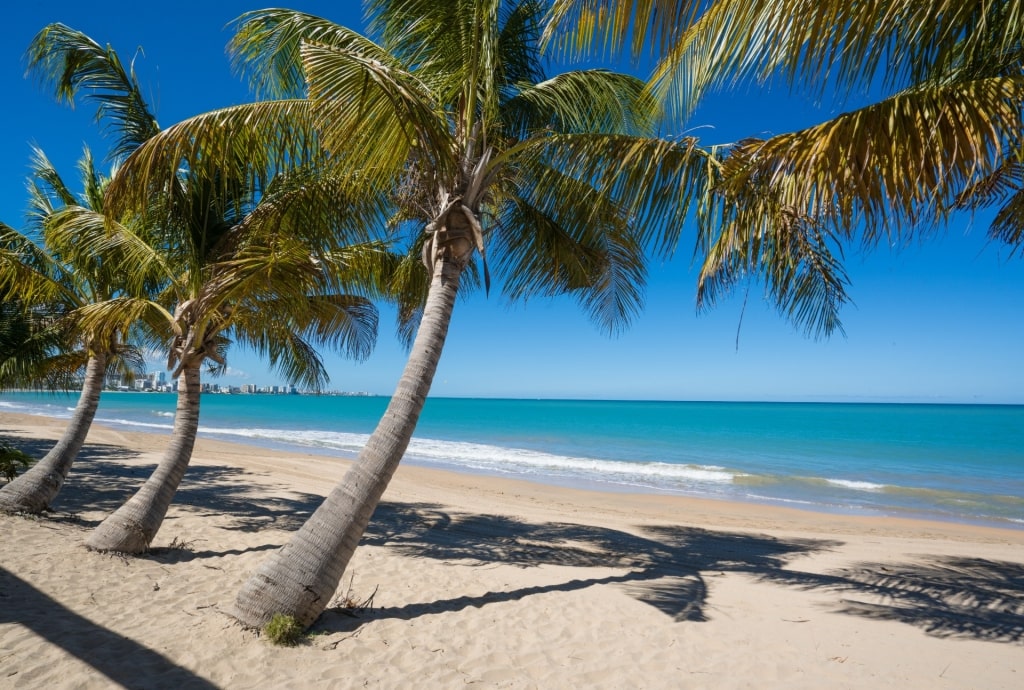
Isla Verde
You are never too far from a wonderful beach in Puerto Rico. The island is less than 40 miles from north to south and barely 110 miles from east to west—and with this comes 300 miles of glorious coastline.
The north and east coasts face the Atlantic Ocean, while the west and south shores face the calmer Caribbean. This gives great diversity in conditions, with surfers enjoying Atlantic waves and sun-lovers or swimmers heading for the wide sands and coral reefs on the Caribbean side.
The small island has an outsized reputation for its surfing. The surf capital is Rincón on the west coast, where beaches such as Domes or María’s are beloved of boarders.
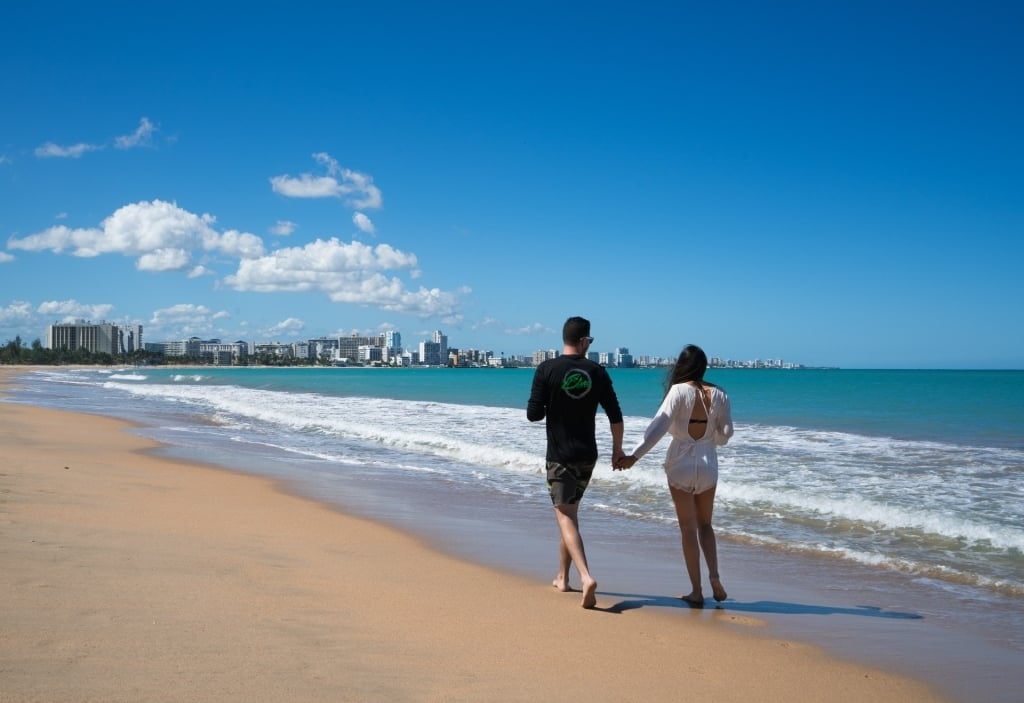
Isla Verde
Many of the best beaches in Puerto Rico are on the north coast, where you’ll find Crash Boat Beach. Many others, such as Isla Verde, in San Juan, or Luquillo, are also perfect for swimming and water sports.
To chill with some sunbathing head to Flamenco Beach on Culebra Island. With its white sands and clear waters, it’s regularly ranked among the world’s best beaches.
Crashboat Beach in Aguadilla, or Condado Beach in San Juan are popular urban beaches. Luquillo Beach, near El Yunque rainforest, is a more remote spot with a coconut tree-lined shore.
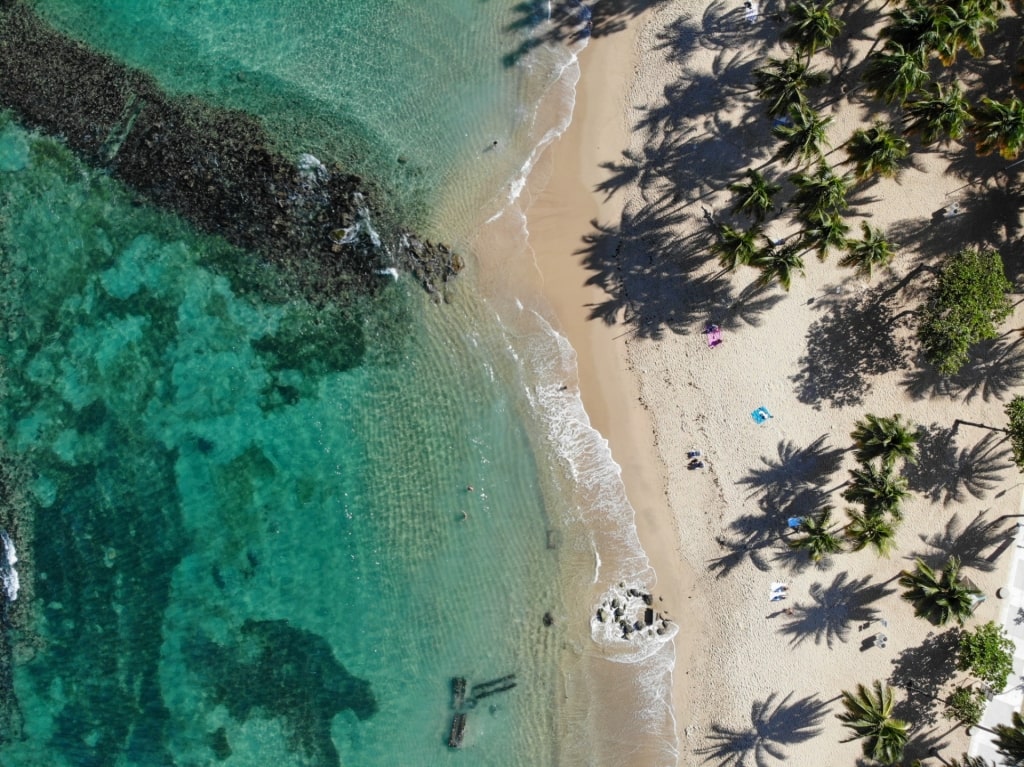
Escambrón Marine Park
Escambrón Marine Park is one of the best places to snorkel in Puerto Rico, located right next to Old San Juan. Its protective coral reef attracts plenty of marine life for you to see.
At places such as La Parguera on the southwest coast, scuba divers can wade off the beach straight into superb diving. Desecheo Island on the west coast is a protected nature reserve with superb reef diving.
There are also several bioluminescent bays, such as Mosquito Bay in Vieques or Laguna Grande, Fajardo. Here, you can kayak in water that cascades from your paddle in a shower of light.
Historic Buildings
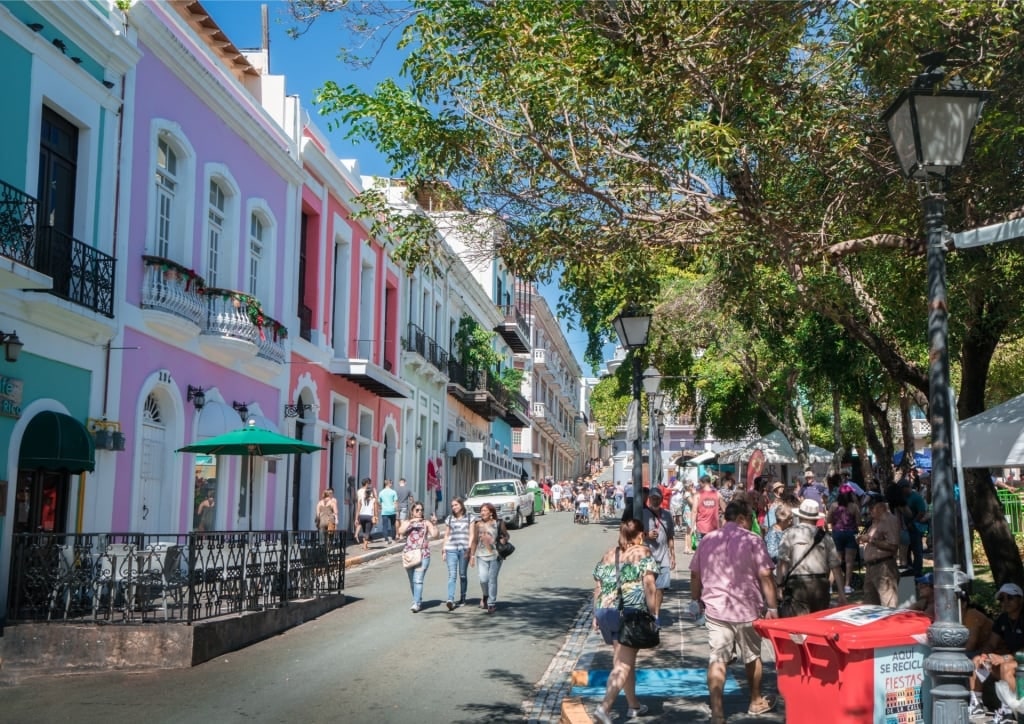
Old San Juan
Much of the charm of San Juan, Puerto Rico’s capital and major port comes from its historic buildings. Old San Juan is a picturesque area of pastel-colored buildings and cobbled streets.
A highlight is the seafront walk along the tree-shaded half mile of the Paseo de la Princesa. Busy with food vendors and musicians, it’s a real taste of Puerto Rican life.
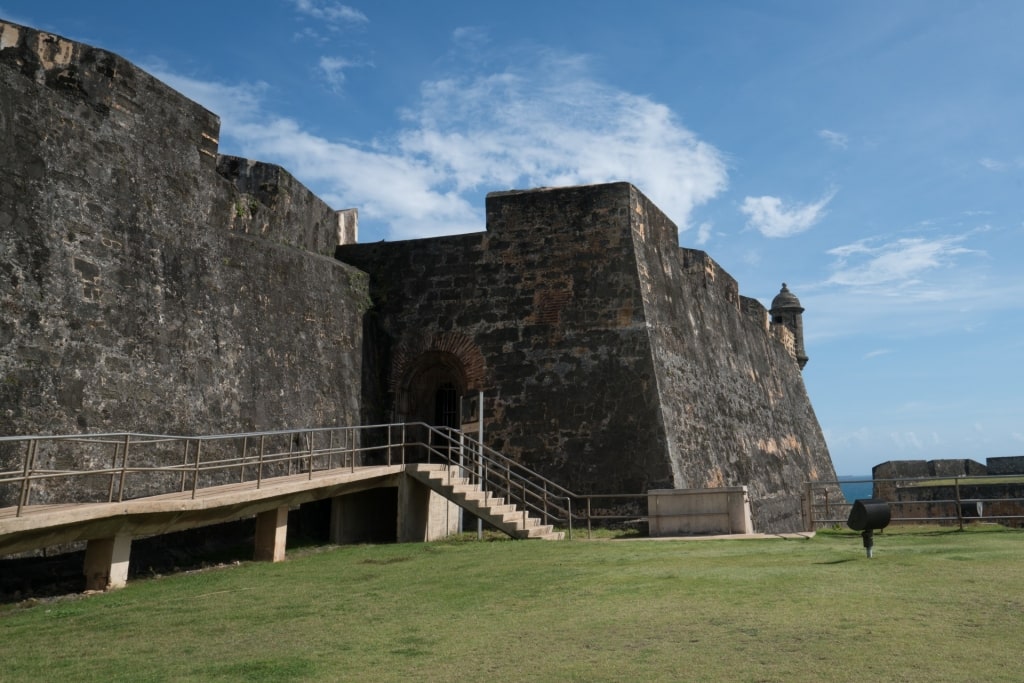
Castillo San Felipe del Morro
One of the best things to do in San Juan is to visit the Castillo San Felipe del Morro, a massive fort built in the 16th century to defend the city harbor. Known as El Morro, its citadel has wonderful panoramic views of the Atlantic Ocean.
An alternative view of the fort that also gives you an overview of Puerto Rico’s history comes on a guided harbor tour. El Morro looks even more impressive and very intimidating, from a boat at sea.
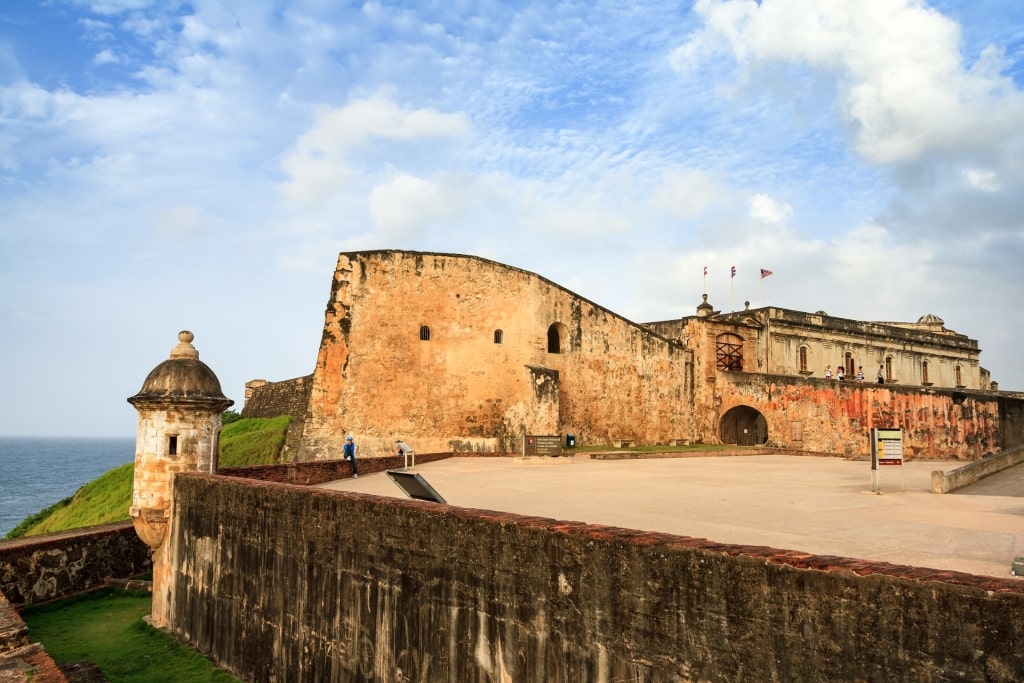
Castillo San Cristóbal
Castillo San Cristóbal was paired with El Morro in the 18th century to defend the landward side. Its sprawling defense works include walls, ditches, and tunnels,
San Cristóbal’s defenses also included the small fort of San Jerónimo del Boquerón. Sitting on a picturesque spot at the mouth of the Condado Lagoon, it also dates to the 18th century.
Puerto Rico is rich in historic buildings that aren’t necessarily linked to defense, too. La Fortaleza was the official residence of the island’s Spanish governors for more than 400 years. It is the oldest executive mansion still in use in the Americas.
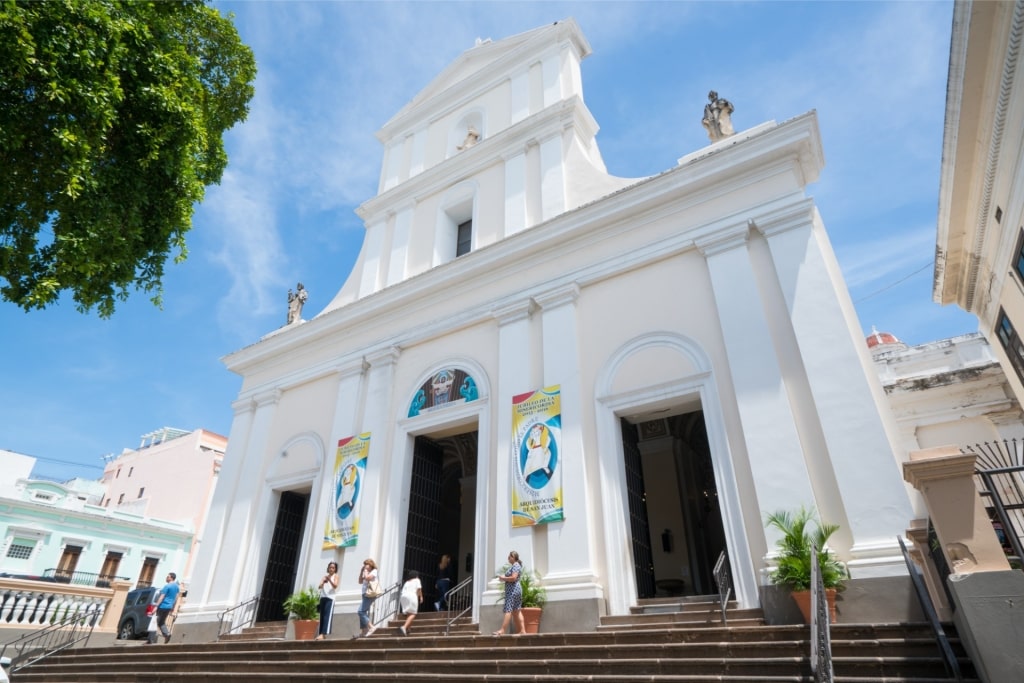
Catedral de San Juan Bautista
San Juan Cathedral, officially Catedral de San Juan Bautista, dates to the 16th century. One of the oldest churches in the Americas, is a splendid gothic wonder with an ornate interior.
The poignant Cementerio Santa María Magdalena de Pazzi is a photographer’s delight with its statues of angels, saints, and loved ones. Other historic sights include the Capitolio, modeled on the US Capitol.
Opposite the Capitolio is the Paseo de los Presidentes, lined with statues of U.S. presidents who have visited. These include Kennedy, Eisenhower, Truman, both Roosevelts, and Obama.
Read: Things to Do in Puerto Rico With Kids
Natural Beauty
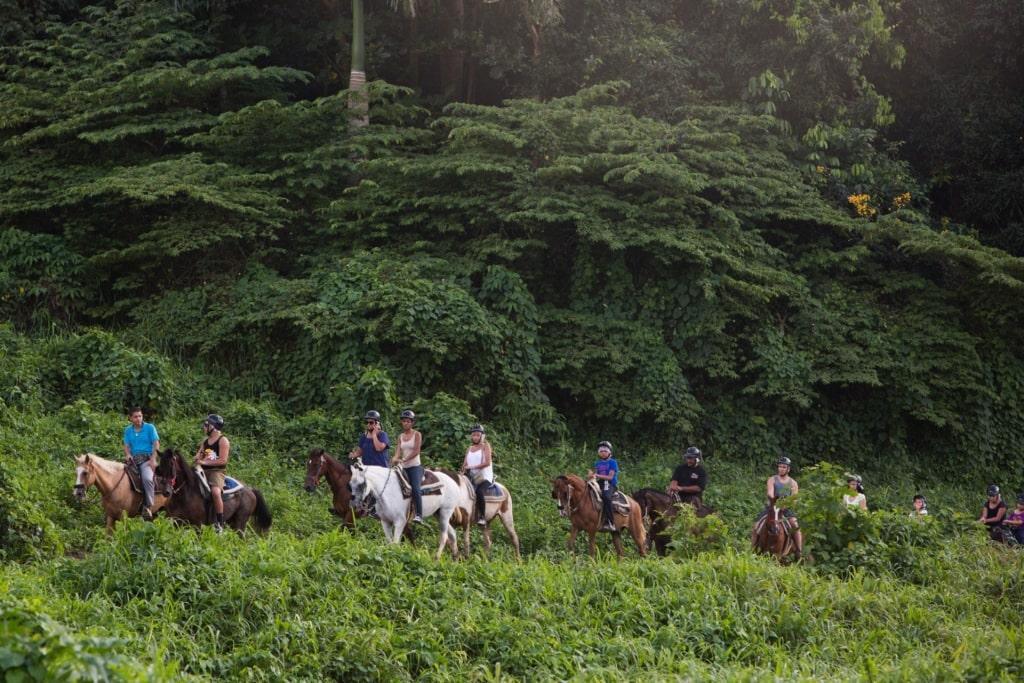
El Yunque
Apart from its many beaches, Puerto Rico has habitats that range from mangroves to coral reefs and from rainforests to bioluminescent bays. The island has 36 nature reserves, of which El Yunque is the most important.
Also known as one of the best hikes in Puerto Rico, El Yunque is the only tropical rainforest in the U.S. National Forest system. It covers more than 40 square miles in the Sierra de Luquillo mountains.
Only 45 minutes from San Juan, you can be hiking, swimming below waterfalls or zip-lining amid lush forest. There are some 240 species of trees and 50 species of birds, including the endangered Puerto Rican parrot.
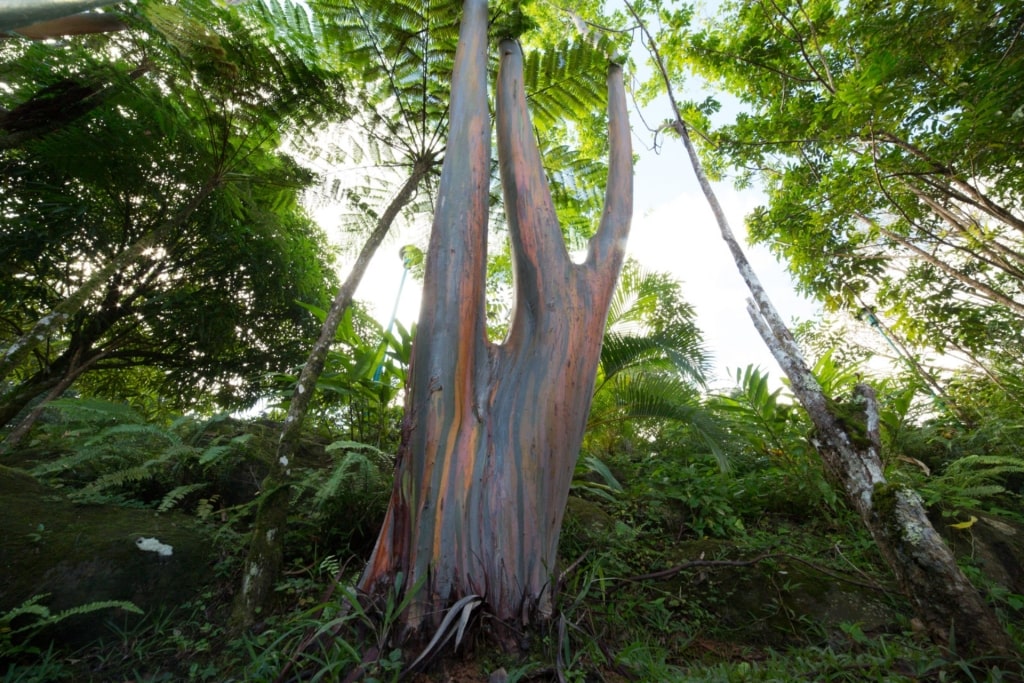
El Yunque
The park’s name comes from the Taíno word Yuque, meaning “White Earth”. The mountains on this north side of the island catch Atlantic winds, so this refers to the clouds that usually cover them.
The indigenous Taíno venerated El Yunque, believing the mountains were a home for their gods. This is why its trees were preserved when the rest of the island was deforested.
The area is also home to a tree frog known as a coquí locally for the sound it makes. This little frog is now a beloved emblem of Puerto Rico and you’ll find it on plenty of T-shirts and other souvenirs.
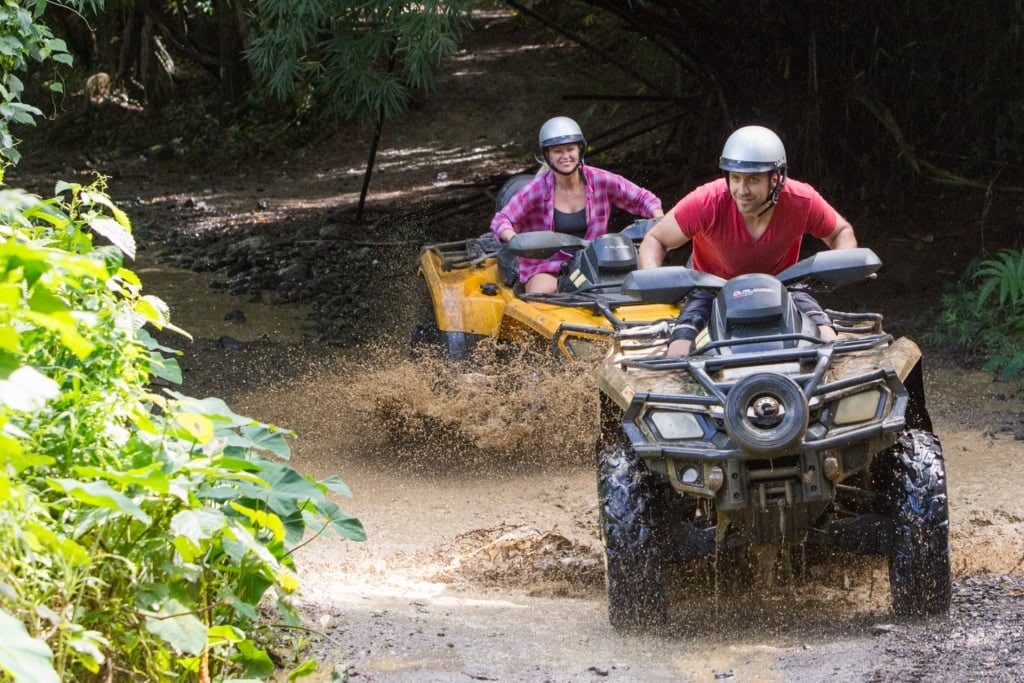
ATV ride
Nearer to San Juan, you can explore Puerto Rico’s natural beauty at Hacienda Campo Rico. ATV rides, horseback tours, or zip-lining gives you a true taste of this island paradise.
One of the most scenic views of Puerto Rico is from Cueva Ventana, high above the town of Arecibo. The entrance to this ancient cave frames a wonderful panorama of mountains, river, and forest.
Coffee
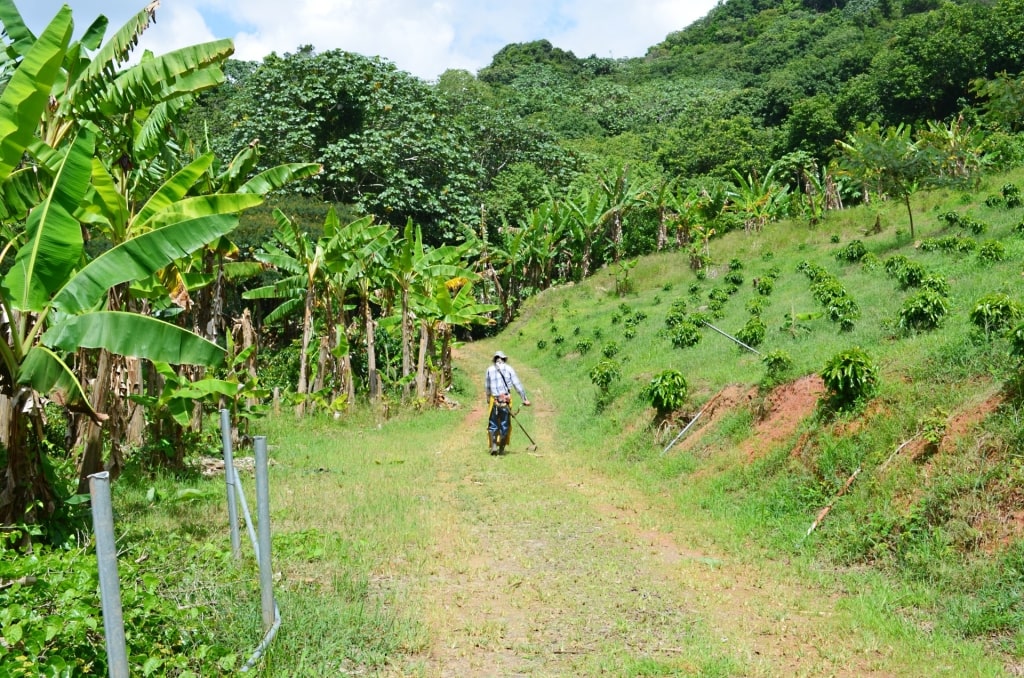
Coffee plantation in Puerto Rico
Coffee was introduced to Puerto Rico by Spanish settlers, mainly Catalan, in the mid-1700s. The high altitudes, volcanic soil, and climate in the interior proved ideal for growing high quality Arabica.
The primary growing regions are still mountainous western areas such as Yauco, Las Marías, and Adjuntas. Major brands include Yaucono, Alto Grande, Café Rico, and Café Oro.
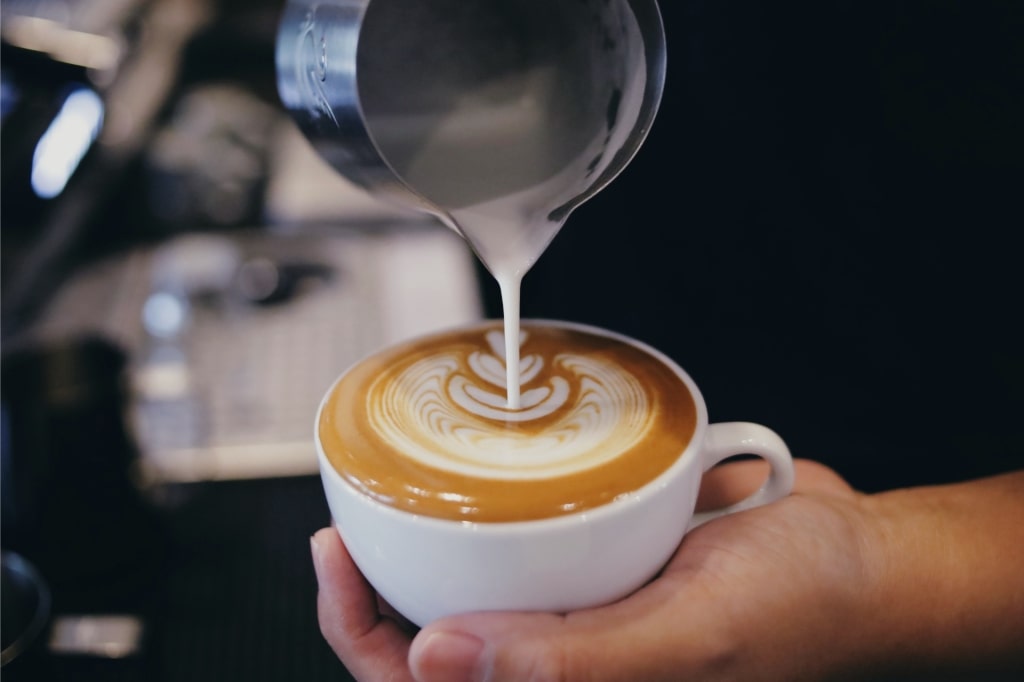
Coffee
Following devastating hurricanes in the late 1800s, many plantations were wiped out. The island now concentrates on high-quality Arabica beans and specialty coffees, which make excellent souvenirs.
In Puerto Rico, coffee is normally taken as “café con leche”, or coffee with hot milk. A cafecito is a strong shot of sweet coffee, aka Cuban coffee. Take a tour of a coffee plantation to learn more about the whole process.
Salsa
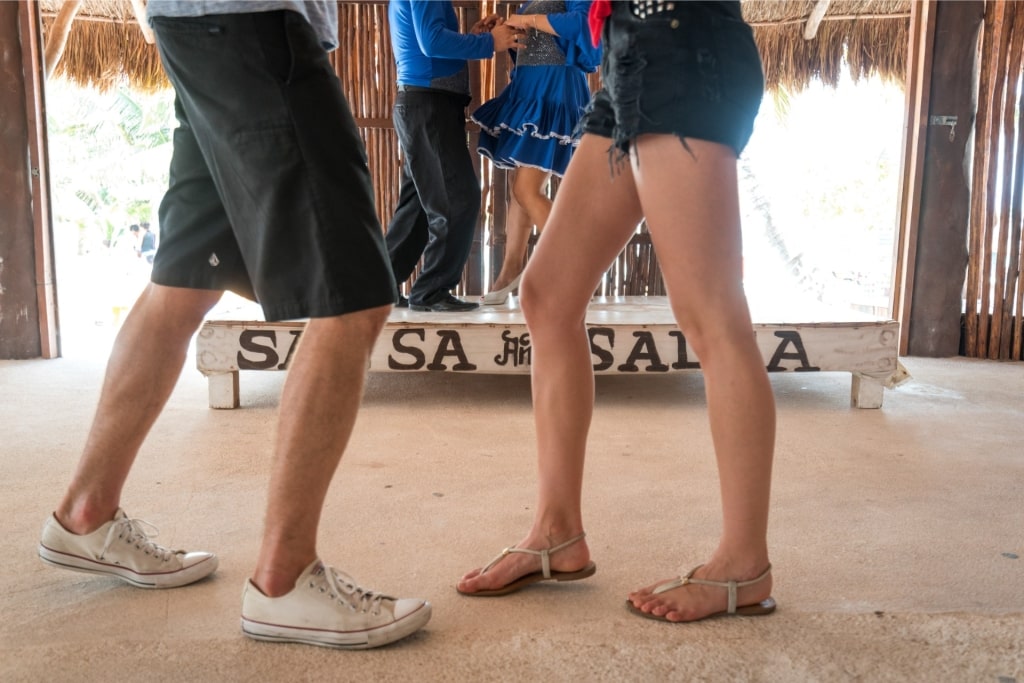
Salsa
What is Puerto Rico known for? Music, for sure. A blend of Spanish, Caribbean, and African music helped create the salsa music that is the island’s soundtrack. Starting here in the 1960s, it has become a worldwide phenomenon via New York’s dance clubs.
Puerto Rico is now famous for its musicians who have achieved international fame, including Bobby Cruz, Willie Colón, and Rubén Blades. Hear stars of the future at venues such as the Nuyorican Cafe in San Juan and La Cantera in Ponce.
Ponce considers itself the birthplace of salsa. You’ll find street murals celebrating the genre and a Museo de la Salsa.
Besides salsa, you’ll also hear reggaeton, bomba, and plena in bars and on the street. These all originated in Puerto Rico and each has its own dance style.
You can take dance lessons in all these styles, or just enjoy listening to them. If you still prefer LPs or CDs to online music, you can also still find many excellent music shops to browse in.
Food
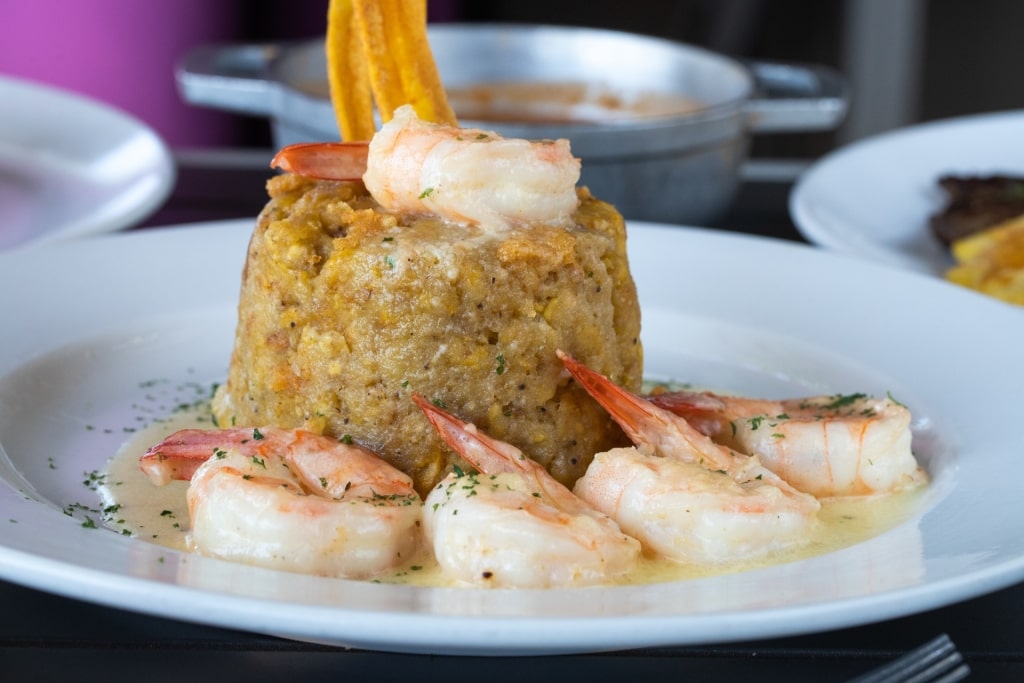
Mofongo
Puerto Rico is one of the best Caribbean islands for food. Puerto Rican cuisine blends Spanish, indigenous Taíno, African, and American influences into a distinctive fusion. It’s a delicious, hearty style, based on fresh, local ingredients.
The national dish is mofongo, made of fried, mashed green plantains enriched with garlic and chicharrón, or fried pork skin. Starters are often fried, while mains are slowly braised and simmered.
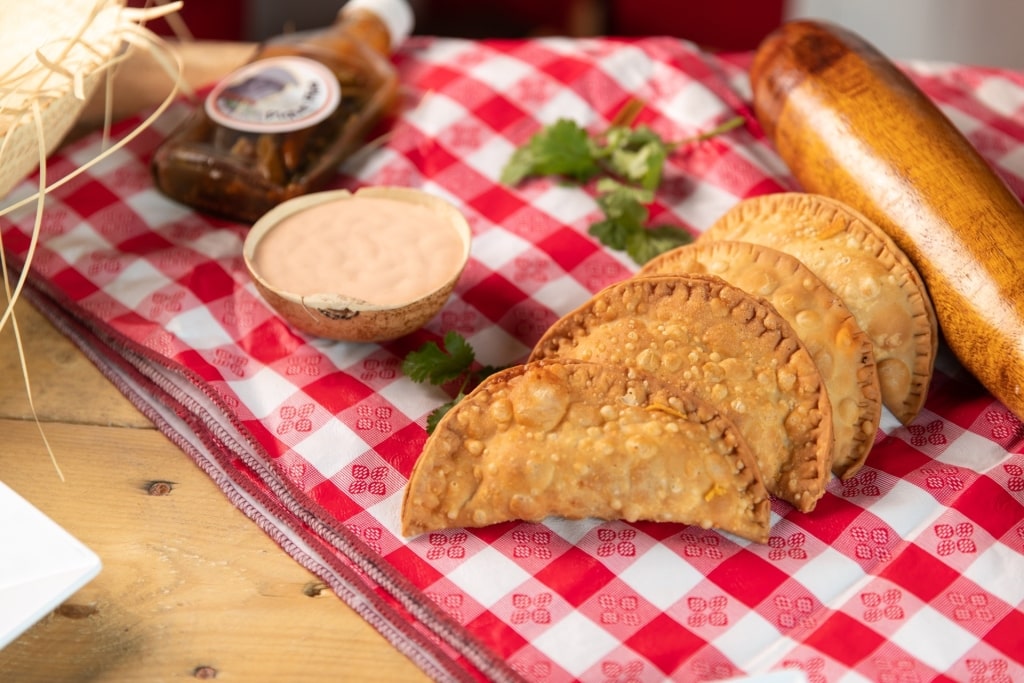
Empanadas
Take a cookery class and you’ll learn about the Spanish influence in dishes such as empanadas or Mallorca bread. Taíno heritage comes through in ingredients such as plantains, yuca, corn, and smoked meats.
The African influence is clear in dishes using pigeon peas, okra, taro, or coconut. Finally, fresh Caribbean seafood is always on the menu.
When it comes to fine dining, several major Boricua, or Puerto Rican chefs are making their mark. Look out for José Santaella, with his namesake restaurant in San Juan, María Jose Enrique, and Mario Pagán, among many others.
Rum
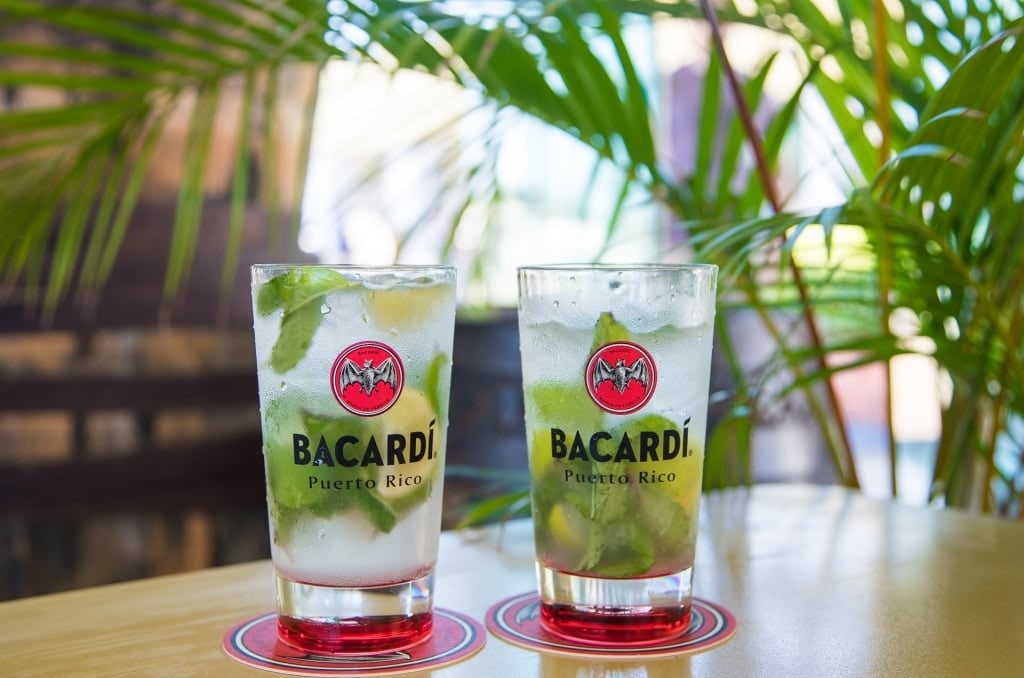
Rum
Puerto Rico has a history of rum-making dating back to the 16th century. Sugarcane arrived with the Spanish in 1515 and the distillation of rum began shortly afterwards.
While Bacardí, founded in 1862, is the most famous Puerto Rican rum brand, there are many others. These include Don Q, Ron del Barrilito, and Ron Palo Viejo.
The local rum varies in color from light/white to dark/añejo, or aged. Añejo and Reserva rums take their dark color and complex flavors from being aged in oak barrels for several years.
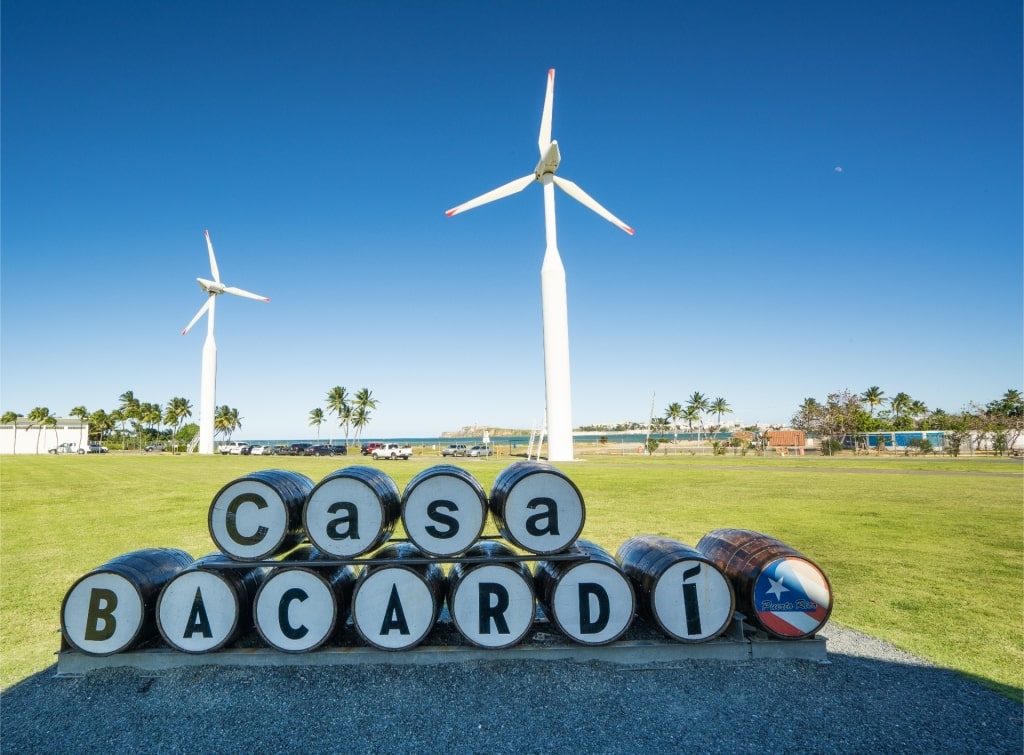
Casa Bacardí
Several of these Caribbean rum distilleries offer tours and tastings for visitors. However, the most popular remains Casa Bacardí in Cataño, the world’s largest rum distillery.
You can’t think of Puerto Rican rum without mentioning the pina colada. This Caribbean cocktail of rum, cream of coconut or coconut milk, and pineapple juice was invented in the island, although exactly where is a matter of some dispute.
Baseball
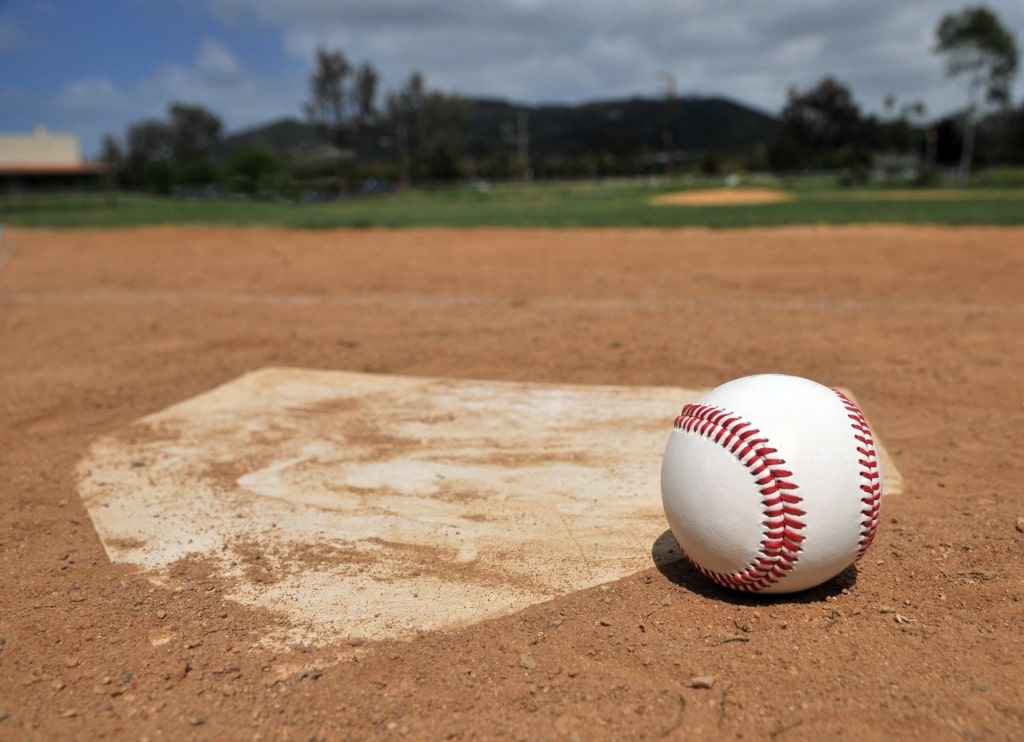
Baseball
Baseball is the national sport of Puerto Rico. Anyone who follows the game knows how many Major League stars this relatively tiny island has produced.
Roberto Clemente was the first Latino inducted into the Baseball Hall of Fame. He spent his whole 18-year MLB career with the Pittsburgh Pirates.
Ivan “Pudge” Rodriguez is one of the best defensive catchers in MLB history. He is a multiple All-Star and Gold Glove winner
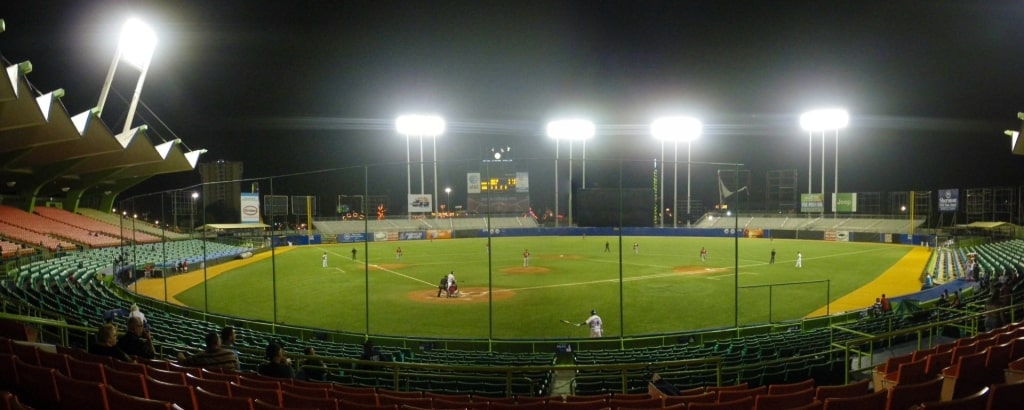
Hiram Bithorn Stadium Photo by Bryce Edwards on Flickr, licensed under CC BY 2.0
The island has four professional teams that play during the winter months, from November to January. Catch a game at Hiram Bithorn Stadium in San Juan and you’ll see how passionate local fans are.
Fans are equally enthusiastic at the amateur level. Watch the fun at a local stadium, or even in a park to understand how deep the love of the game runs.
Besides baseball, Puerto Rico has produced famous sportspeople in boxing and basketball. You’ll see them celebrated in street murals and advertising posters.
Artistic Heritage
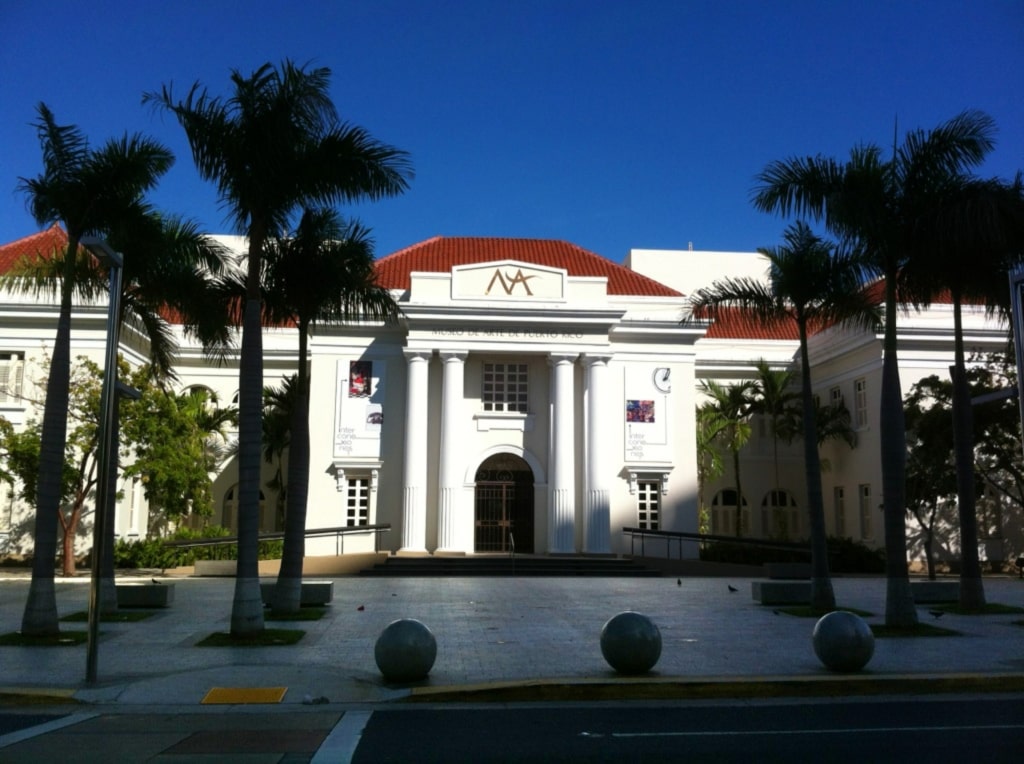
Puerto Rico Museum of Art Photo by Moebiusuibeom-en on Wikimedia Commons, licensed under CC BY-SA 3.0
Puerto Rico’s rich artistic heritage is showcased in many excellent museums and art galleries. While the capital, San Juan, is the obvious center, there are many artistic gems in Ponce on the south coast.
Visitors should start with the Puerto Rico Museum of Art in San Juan. It has an extensive collection of Puerto Rican art from the 17th century up to the present day.
The Museum of the Americas in Old San Juan is for anyone with an interest in pre-Columbian or folk art. The Museum of Contemporary Art, also in San Juan, has pieces from Puerto Rico and around the world.
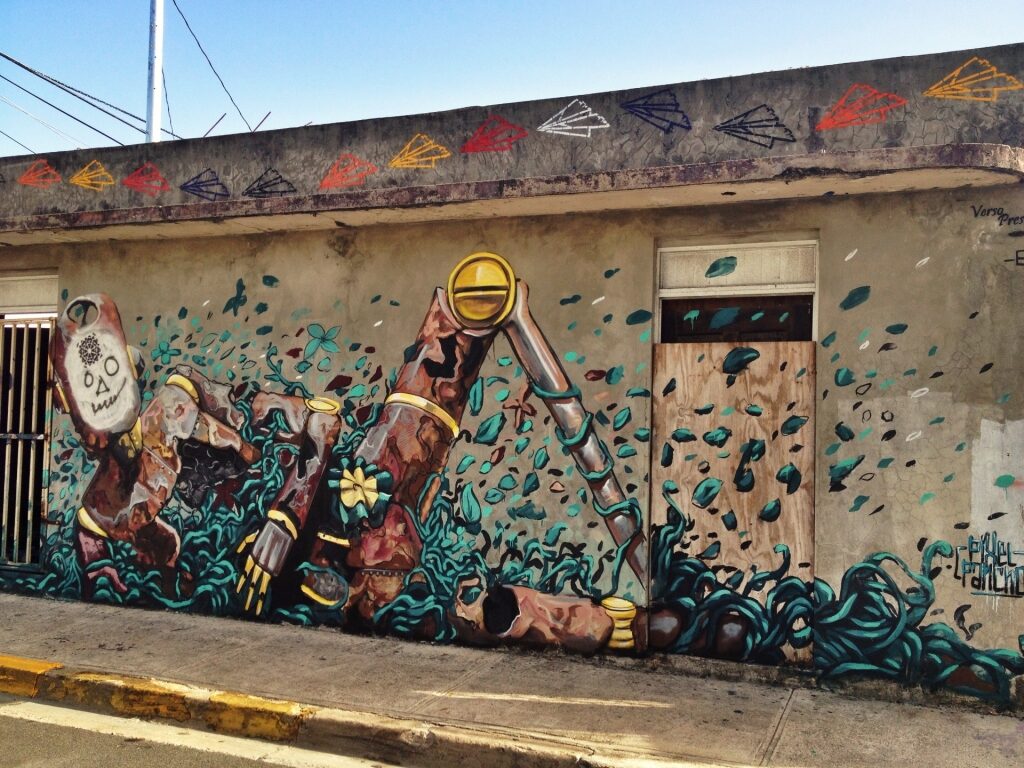
Calle Cerra Photo by Juan Cristobal Zulueta on Flickr, licensed under CC BY 2.0
There are numerous excellent private art galleries, such Walter Otero Contemporary Art and Galería Petrus. The streets of San Juan, particularly Calle Cerra, and the town of Ponce are also filled with vibrant public art.
In Ponce, the Museum of Art claims to be the largest art museum in the Caribbean. Its collection of more than 4,000 pieces from around the world is certainly enough to be going on with.
Read: Puerto Rico vs. Costa Rica: Which Should You Visit?
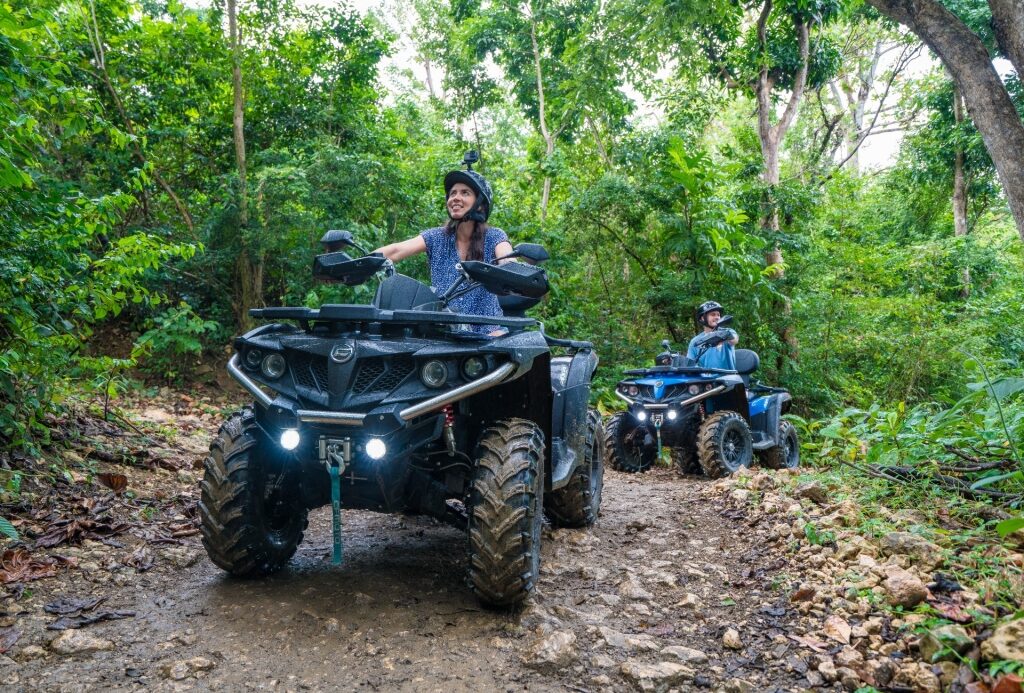
ATV ride
Are you inspired to visit Puerto Rico, or revisit to discover more? Browse our Puerto Rico cruises and find the perfect getaway to this beautiful and diverse island.



